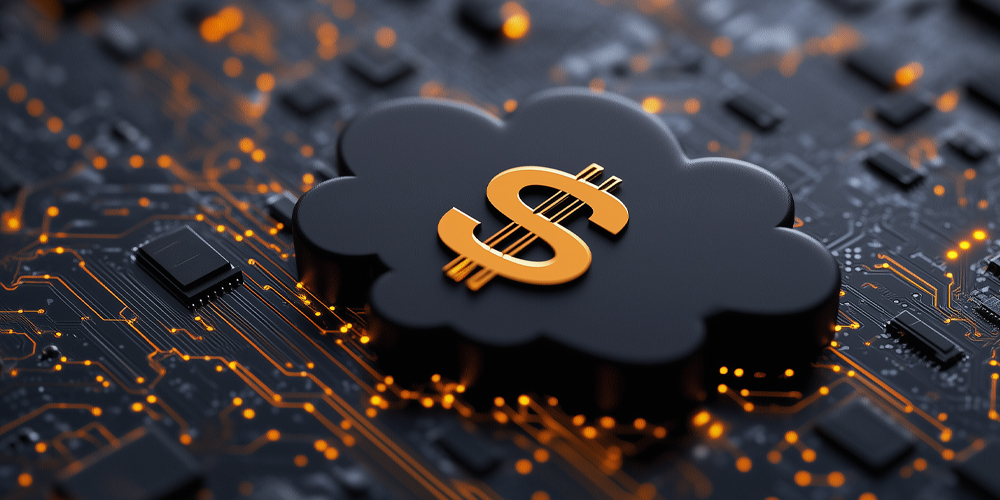Reducing Energy Consumption with IoT Technology: Principles and Solutions
The rise of IoT technology offers new opportunities to tackle energy consumption issues. By connecting various devices, businesses and households can minimize waste and enhance efficiency. This article explores the principles and solutions surrounding energy reduction through IoT.
The Internet of Things (IoT) refers to a network of interconnected devices that collect and exchange data. This connectivity allows for real-time monitoring and control of energy usage, enabling smarter decision-making. In homes, for instance, smart thermostats can learn the occupants’ schedules and preferences, adjusting heating and cooling automatically to optimize energy use. This leads to significant savings on energy bills and reduced carbon footprints.
In commercial settings, IoT technologies can monitor equipment performance and energy consumption in real time, helping businesses identify inefficiencies. Smart lighting systems can turn off automatically when rooms are unoccupied, while advanced HVAC systems can dynamically adjust to changes in occupancy levels, ensuring energy is not wasted.
Moreover, implementing IoT solutions enhances predictive maintenance in industries, where machines can communicate their operational status. This minimizes downtime and energy waste caused by malfunctioning equipment. With detailed analytics, organizations can better forecast energy needs, allowing them to shift usage during peak times to reduce costs.

Understanding IoT Technology
The Internet of Things (IoT) refers to a network of interconnected devices that can communicate and share data. This technology enables users to monitor and control their energy consumption effectively. For instance, smart meters provide real-time feedback on energy usage, helping users become more aware of their habits and encouraging energy-saving practices. Additionally, IoT devices can be integrated with smartphones and tablets, allowing users to access information and make adjustments remotely, thus enhancing convenience and control over their energy consumption. By utilizing this technology, users can optimize their energy use, potentially reducing expenses and minimizing environmental impact. The interconnected nature of these devices also allows for data analytics, which can reveal patterns and suggest improvements, further elevating the efficiency of energy management in both residential and commercial settings. Ultimately, IoT serves as a powerful tool in fostering a more sustainable approach to energy use.
How IoT Works
IoT devices collect data through various sensors that monitor different environmental factors such as temperature, humidity, motion, and energy usage. Once this data is collected, it is transmitted in real-time to cloud-based platforms via the internet. These platforms are equipped with powerful analytical tools that process and analyze the vast amounts of data received.
Through this analysis, the platforms generate valuable insights that can help users better understand their energy consumption patterns. Based on these insights, users receive personalized recommendations on how to optimize their energy consumption. These recommendations are derived from advanced algorithms that take into account individual usage behavior, allowing for tailored solutions that aim to reduce energy costs and enhance efficiency. By leveraging the connectivity and analytical capabilities of IoT technologies, users can make informed decisions to manage their energy usage more effectively.
Key Principles of Reducing Energy Consumption
Effective energy reduction relies on several key principles:
1. Data-Driven Decisions
Data plays a crucial role in managing energy efficiency. With the help of IoT sensors, data is collected to track usage patterns, allowing for informed decisions. For example, a household might discover energy peaks during certain times and shift usage to off-peak hours.
2. Automation and Control
Smart devices enable effortless automation. For instance, smart thermostats can automatically adjust temperatures based on occupancy, leading to reduced energy use without sacrificing comfort. Automation integrates seamlessly into daily routines, achieving significant savings.
3. Real-Time Monitoring
Real-time monitoring is vital for effective energy management. Systems that provide immediate feedback on energy usage allow users to identify high-usage patterns easily. With real-time data, adjustments can be made quickly to stay within budget.
4. Predictive Analytics
Predictive analytics uses historical data to forecast energy needs, enabling better management. By analyzing trends, users can anticipate peak usage and schedule operations during off-peak hours, ultimately saving costs.
Applications of IoT in Energy Efficiency
Several applications demonstrate how IoT technology enhances energy efficiency:
Smart Homes
Smart home devices like thermostats, lights, and appliances significantly reduce energy usage. For example, smart lighting systems turn off automatically when not needed, and smart thermostats adjust based on schedules.
Commercial Buildings
In commercial settings, IoT sensors monitor HVAC systems and other energy-consuming equipment. Companies can optimize heating and cooling based on occupancy and thus achieve substantial energy savings.
Industrial Solutions
Industries also benefit from IoT solutions for energy management. Connected machinery allows monitoring of energy consumption patterns, enabling detection of inefficiencies and corrective measures that enhance productivity.
Challenges in Implementing IoT Solutions
Despite the advantages, challenges exist in implementing IoT technology:
1. Initial Costs
The initial investment for IoT devices can be considerable. However, long-term savings typically outweigh the upfront expenditure, making effective planning essential.
2. Data Security Concerns
The increased connectivity raises security concerns, making data protection crucial. Organizations must implement robust security measures, including regular updates and monitoring to mitigate risks.
3. Integration Issues
Integrating IoT devices with existing systems may present compatibility issues, hindering seamless operations. Ensuring that new devices work well with current infrastructure is essential for success.

Future Trends in IoT and Energy Reduction
The future of IoT technology in energy management is promising, with emerging trends enhancing efficiency:
1. Artificial Intelligence
Integrating artificial intelligence (AI) with IoT devices improves data analysis capabilities, providing deeper insights into energy consumption patterns and allowing for better management.
2. Blockchain Technology
Blockchain can secure and streamline energy transactions, facilitating decentralized energy sharing and leading to more efficient distribution.
3. Renewable Energy Integration
Combining IoT technology with renewable energy sources enhances overall energy efficiency. Smart grids optimize the distribution of renewable energy, contributing to a sustainable future.
Conclusion
In conclusion, leveraging IoT technology presents significant opportunities for reducing energy consumption. By understanding the principles and applications, users can implement effective solutions. While challenges exist, the benefits of reduced costs and increased efficiency are compelling. Embracing these technologies is essential for creating a more sustainable and energy-conscious world.
This version retains the structure and key points while being concise. If you need further adjustments or a specific detail included, just let me know!




